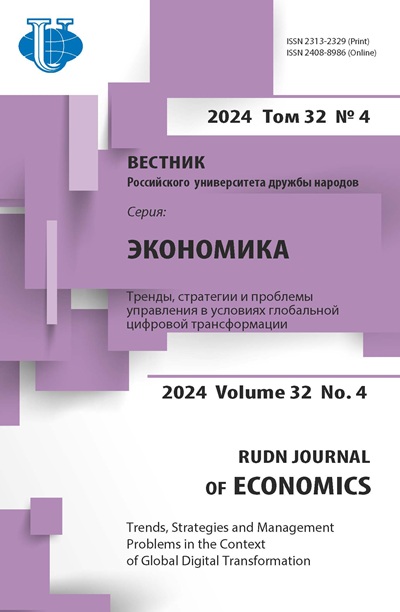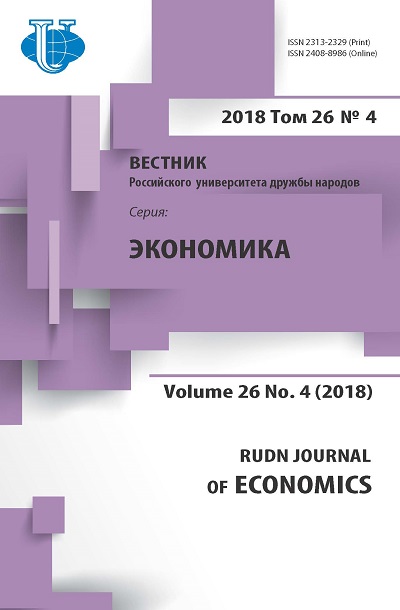Abstract
The economic and political sanctions had a significant impact on the behavior of foreign investors in the real sector of the Russian economy in the period 2014-2017. Despite a significant outflow of foreign direct investment (FDI) in 2015, in 2016-2017, there was an increase in investment activity associated with a steady inflow of FDI, which could be explained by the change in investment strategies of foreign business in Russia. The purpose of the study. The article assesses the impact of Western sanctions and Russian countersanctions on the influx of foreign direct investment into Russia. Methods. The work is based on methods of statistical analysis of the behavior of foreign investors in Russia on the basis of macroeconomic data of the Central Bank of Russia and microeconomic data of the “Ruslana” database. Results. The author gives various assessments of sanctions and counter-sanctions impact on the Russian and European economies, and compares the effects of sanctions policies in Russia and Iran. The stylized facts, identified by the author at the micro level, allow to interpret the macro statistics provided by the Central Bank of Russia at a qualitative level. The conclusion . In conclusion, the author gives recommendations on the possibilities of using new mechanisms of interaction with international institutions to overcome the investment crisis as a consequence of the sanctions regime.















